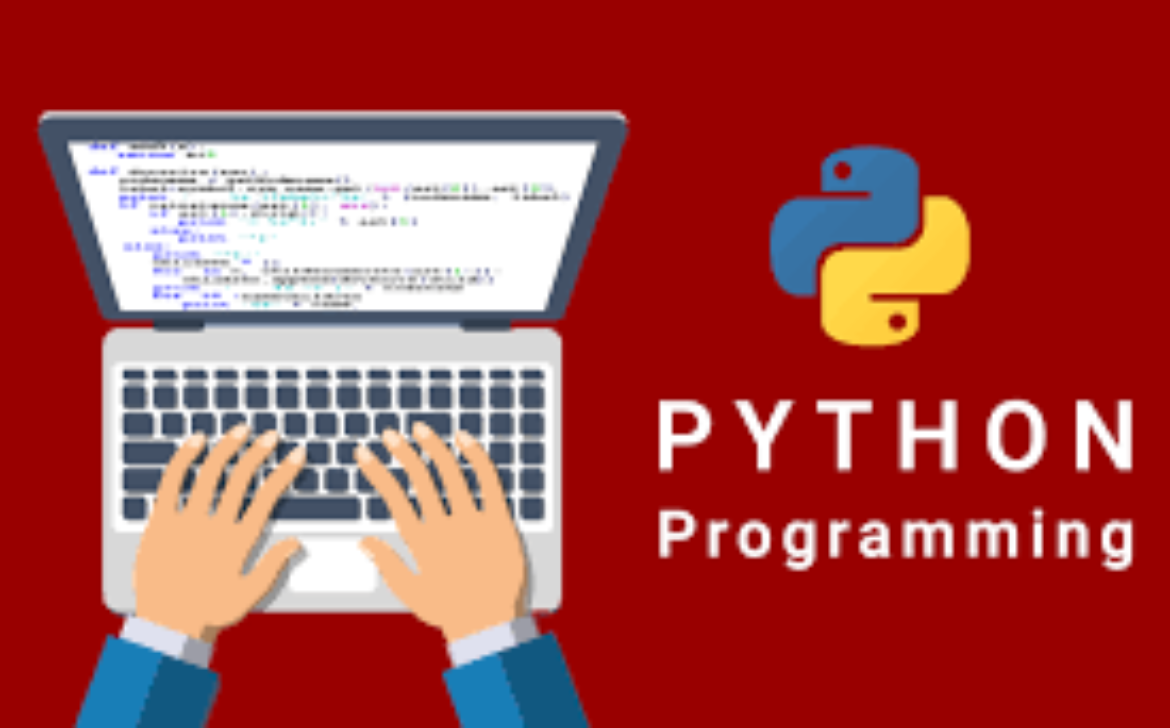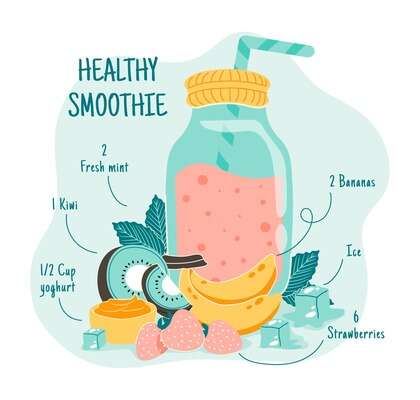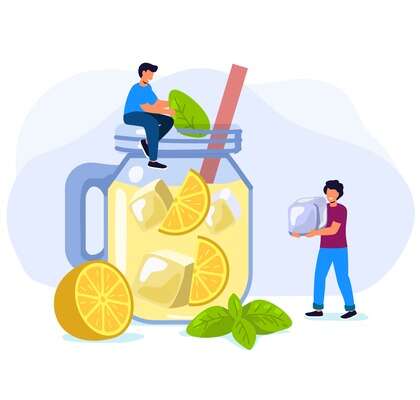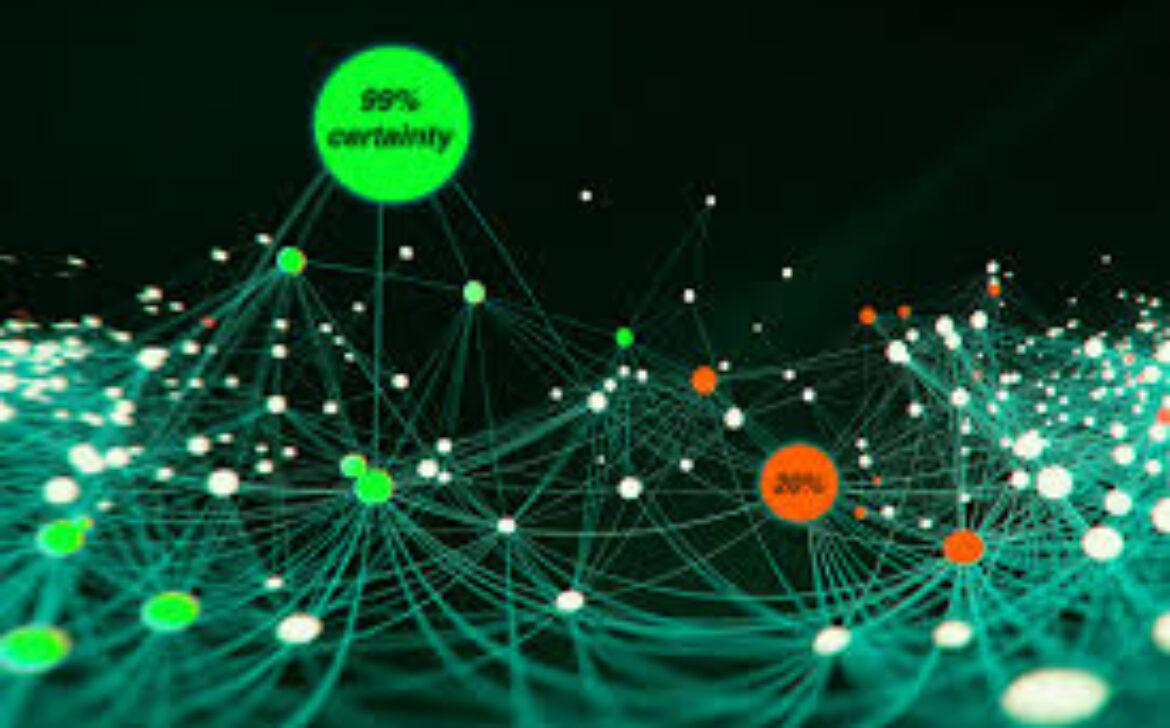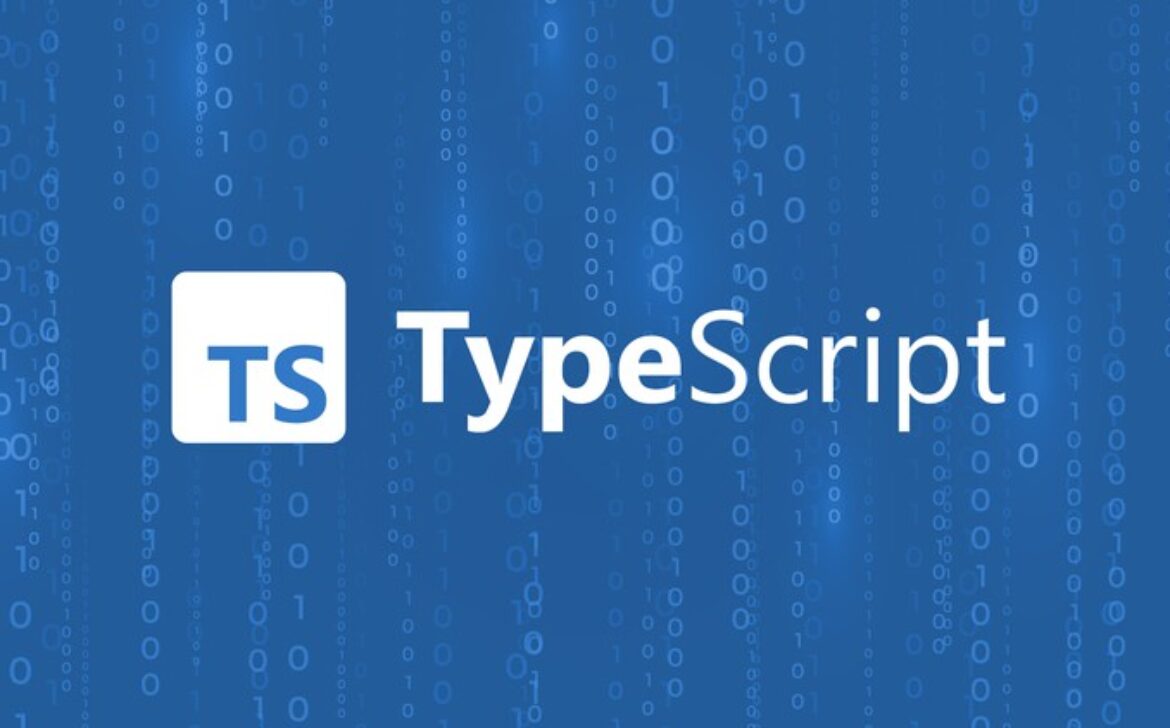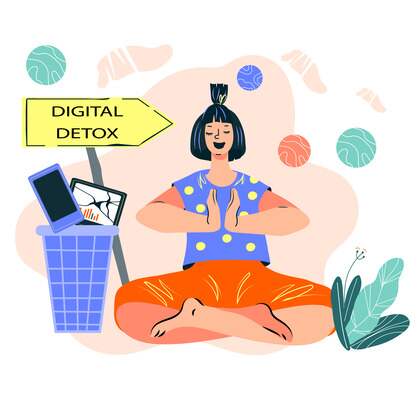Introduction
As the summer sun blazes overhead, fashion enthusiasts around the world eagerly await the hottest trends to embrace the season with style and panache. Summer 2023 brings forth an array of exciting and bold fashion choices that celebrate individuality, comfort, and sustainability. From vibrant colors to lightweight fabrics, oversized fits to retro revivals, this summer has something for everyone. So, let’s dive into the most coveted trends that will keep you cool and stylish all summer long.
Embrace the Vibrant Colors
Bold and Bright Patterns
Summer 2023 is all about making a statement with eye-catching patterns and prints. Say goodbye to subtle hues and embrace the vivid world of bold and bright patterns. Geometric shapes, tropical motifs, and abstract designs adorn dresses, tops, and even accessories. Make a splash at any event with these striking patterns that exude confidence and charisma.
Monochromatic Color Schemes
For those who prefer a more refined and sophisticated look, monochromatic color schemes are the way to go. Dressing head-to-toe in shades of a single color creates an elegant and elongated silhouette. Experiment with various textures and tones to add depth and interest to your outfit while maintaining a chic and minimalist vibe.
Neon and Electric Hues
Get ready to electrify your wardrobe with neon and electric hues. Neon greens, vibrant pinks, and electrifying blues are all the rage this summer. Whether it’s a neon dress or a pop of color in your accessories, incorporating these bright tones will undoubtedly turn heads and set your style apart from the crowd.
Lightweight and Breathable Fabrics
Linen: The Classic Summer Fabric
Linen takes center stage in 2023 as the go-to fabric for summer outfits. Loved for its breathability and timeless appeal, linen keeps you cool and comfortable during the hottest days. Flowing linen dresses, loose trousers, and breezy shirts are summer essentials that effortlessly blend style and ease.
Breezy Cotton and Chambray
Cotton and chambray fabrics continue to be summer favorites, thanks to their softness and versatility. These fabrics lend themselves well to various silhouettes, making them perfect for both casual and dressy occasions. From boho-inspired dresses to chic jumpsuits, cotton and chambray ensure you stay cool while looking fabulous.
Flowing Silks and Satins
For those seeking a touch of luxury in their summer wardrobe, flowing silks and satins are the ideal choices. These fabrics drape beautifully, offering an elegant and sophisticated allure. Slip into a silk maxi dress or a satin blouse paired with tailored shorts for a glamorous summer evening look.
Relaxed Silhouettes and Oversized Fits
Effortless Maxi Dresses and Skirts
Maxi dresses and skirts continue to reign supreme, epitomizing the essence of summer ease. Effortless, flowy, and feminine, these pieces are a must-have in every fashion-forward individual’s closet. Whether adorned with floral prints or solid colors, maxi dresses ensure you stay comfortable and chic on any occasion.
Comfy Wide-Leg Pants
Say goodbye to skin-tight jeans and hello to the comfort of wide-leg pants. Embracing the loose and relaxed silhouette, these pants offer both style and ease. Pair them with crop tops, flowy blouses, or even bikini tops for a trendy summer look that’s effortlessly cool.
Oversized Shirts and Blouses
Oversized shirts and blouses make a bold statement in summer 2023. With a hint of androgyny, these loose-fitting tops exude confidence and individuality. Rock an oversized shirt as a dress or layer it over swimwear for an effortlessly chic beach-to-street style.
The Revival of Retro Fashion
90s Nostalgia
Fashion takes a nostalgic turn as the 90s make a striking comeback. Crop tops, baggy denim, and fanny packs are some iconic 90s trends that have found their way back into the fashion spotlight. Embrace the spirit of the 90s with a contemporary twist for a fun and retro look.
Disco Glam of the 70s
The disco era of the 70s inspires glamorous summer fashion with sequins, glitter, and metallics. Channel your inner disco diva with shimmering dresses or add a touch of disco glam with sparkling accessories. Summer nights will never be the same with this dazzling trend.
Roaring 20s Flair
Stepping even further back in time, the Roaring 20s return with fringe, feathers, and flapper-inspired fashion. Art Deco patterns, drop-waist dresses, and headbands create a vintage vibe that’s perfect for themed parties or special events.
Fashion is about dressing according to what’s fashionable. Style is more about being yourself.
– Oscar de la Renta
Sustainable and Eco-Friendly Fashion
Emphasis on Ethical Brands
With growing awareness of environmental issues, ethical fashion brands are gaining popularity. Consumers are making conscious choices to support sustainable and eco-friendly fashion labels. Investing in quality pieces from such brands ensures you contribute to a greener and more responsible fashion industry.
Organic and Recycled Materials
The focus on sustainability extends to materials used in clothing. Organic cotton, hemp, and bamboo fabrics offer eco-friendly alternatives to traditional textiles. Additionally, recycling materials like plastic bottles into innovative clothing and accessories showcases fashion’s commitment to reducing waste and promoting circularity.
Thrift Shopping and Vintage Finds
Thrifting and vintage shopping have become a fun and eco-conscious way to revamp your style. Hunt for unique gems in thrift stores or online vintage boutiques. You’ll not only discover one-of-a-kind pieces but also contribute to reducing fashion’s environmental footprint.
Versatile and Functional Accessories
Statement Hats and Caps
Accessories play a crucial role in completing a summer look. Statement hats and caps are not only stylish but also protect you from the sun’s rays. From wide-brimmed straw hats to sporty caps, these accessories add a touch of flair to any outfit.
Practical Crossbody Bags
Practicality meets fashion with crossbody bags. These hands-free options allow you to carry your essentials while leaving your hands free to embrace summer adventures. Choose from a variety of styles, from boho-inspired fringe bags to sleek and modern designs.
Trendy Sunglasses
Sunglasses are a summer essential, offering both eye protection and style. Embrace the latest sunglass trends, such as oversized frames, geometric shapes, and colorful lenses, to elevate your summer fashion game.
Footwear for Comfort and Style
Strappy Sandals
Strappy sandals are a go-to footwear choice for summer 2023. Whether flat or heeled, these sandals add a touch of sophistication to any outfit. Versatile and comfortable, they effortlessly transition from day to night.
Chunky Sneakers
Athleisure continues to be a prominent trend, and chunky sneakers are at the forefront. Combining style and comfort, these sneakers pair well with dresses, skirts, or casual wear, creating a chic and modern look.
Platform Espadrilles
Espadrilles with platform soles offer a fusion of retro charm and contemporary style. These shoes add height without compromising comfort, making them a preferred choice for summer outings and parties.
Emphasis on DIY and Customization
Hand-Painted Clothing
Unleash your creativity by embracing hand-painted clothing. Personalize your summer wardrobe with custom designs and illustrations. This DIY approach allows you to wear wearable art that truly reflects your personality and style.
Upcycled Fashion
Give your old clothing a new lease on life through upcycling. Transforming outdated pieces into trendy ensembles not only reduces waste but also gives you unique fashion items that stand out from the crowd.
Personalized Embroidery
Custom embroidery is a chic and artistic way to make your clothing one-of-a-kind. From initials to intricate patterns, embroidery adds a touch of luxury and individuality to your summer outfits.
Mixing and Matching Prints
Clash of Prints
Print-on-print styling takes center stage this summer. Experiment with mixing different patterns, such as stripes with florals or checks with animal prints, to create a captivating and bold fashion statement.
Florals with Stripes or Checks
Florals are a timeless summer staple, but this year, they get a modern update by pairing them with stripes or checks. The unexpected combination adds a fresh and exciting twist to classic floral designs.
Geometric Patterns
Geometric patterns continue to be a popular choice, bringing a contemporary and edgy vibe to summer fashion. From triangles and squares to abstract shapes, these patterns infuse energy and dynamism into your wardrobe.
Athleisure and Sporty Chic
Stylish Activewear
Activewear isn’t just for the gym anymore. Athleisure takes on a more stylish and fashion-forward approach with trendy sets and athletically inspired pieces that seamlessly blend comfort and style.
Sporty Dresses and Skirts
Sporty chic extends to dresses and skirts. Combining athletic elements with feminine silhouettes, these pieces offer a fun and playful way to dress up while feeling comfortable and confident.
Casual Sneaker Fashion
Sneakers are a versatile footwear option that complements various summer outfits. Whether you pair them with dresses, skirts, or jeans, sneakers add a casual and youthful touch to your look.
Dressing up for Beach and Pool Days
Flowing Cover-Ups and Sarongs
Beach and pool days call for stylish cover-ups and sarongs. Flowing, lightweight, and easily packable, these pieces offer a touch of elegance while providing the necessary coverage after a swim.
Swimsuit Layering
Get creative with swimsuit layering by mixing and matching different swimwear pieces. High-waisted bottoms, crop tops, and long-sleeved swimsuits are perfect for adding stylish layers to your beach ensemble.
Beach Hats and Sunnies
Complete your beach look with wide-brimmed beach hats and trendy sunglasses. Aside from adding a touch of glam, these accessories protect you from the sun’s rays, ensuring a safe and enjoyable day by the water.
The Return of Denim
Denim Dresses and Jumpsuits
Denim reclaims its spot in summer fashion with denim dresses and jumpsuits. Versatile and effortlessly cool, these one-piece wonders offer an easy-to-style option for any casual outing.
Classic Denim Shorts
A timeless summer essential, classic denim shorts are a wardrobe staple for warm days. Dress them up with blouses or down with graphic tees for a look that’s both comfortable and stylish.
Distressed Denim Details
For those seeking a touch of edge, distressed denim details are the way to go. Ripped jeans, frayed hems, and distressed jackets add a rebellious touch to any summer outfit.
Playful and Whimsical Accessories
Funky Earrings and Necklaces
Elevate your summer accessories with funky earrings and necklaces. Statement jewelry featuring bold colors, playful shapes, and whimsical elements brings a sense of fun and adventure to your style.
Colorful Scarves and Bandanas
Scarves and bandanas are versatile accessories that offer a myriad of styling options. Wear them around your neck, as headbands, or tie them to your bags for a pop of color and charm.
Hair Accessories Revival
Hair accessories make a comeback, from scrunchies and hairpins to barrettes and headbands. These small but impactful details add flair and personality to your summer hairstyle.
Conclusion
Summer 2023 brings an exciting mix of fashion trends that celebrate self-expression, comfort, and sustainability. Embrace the vibrant colors, lightweight fabrics, and relaxed silhouettes that define this season’s hottest looks. Don’t be afraid to experiment with mixing prints and trying out DIY customization to truly make your fashion statement unique.
Stay cool and stylish all summer long with the revival of retro fashion and the focus on sustainable and eco-friendly choices. Accessorize thoughtfully with statement hats, trendy sunglasses, and practical crossbody bags that add both functionality and style.
This summer, unleash your creativity and explore the playful and whimsical side of fashion. From dressing up for beach and pool days to reviving classic denim, the hottest summer fashion trends of 2023 offer something for everyone.

